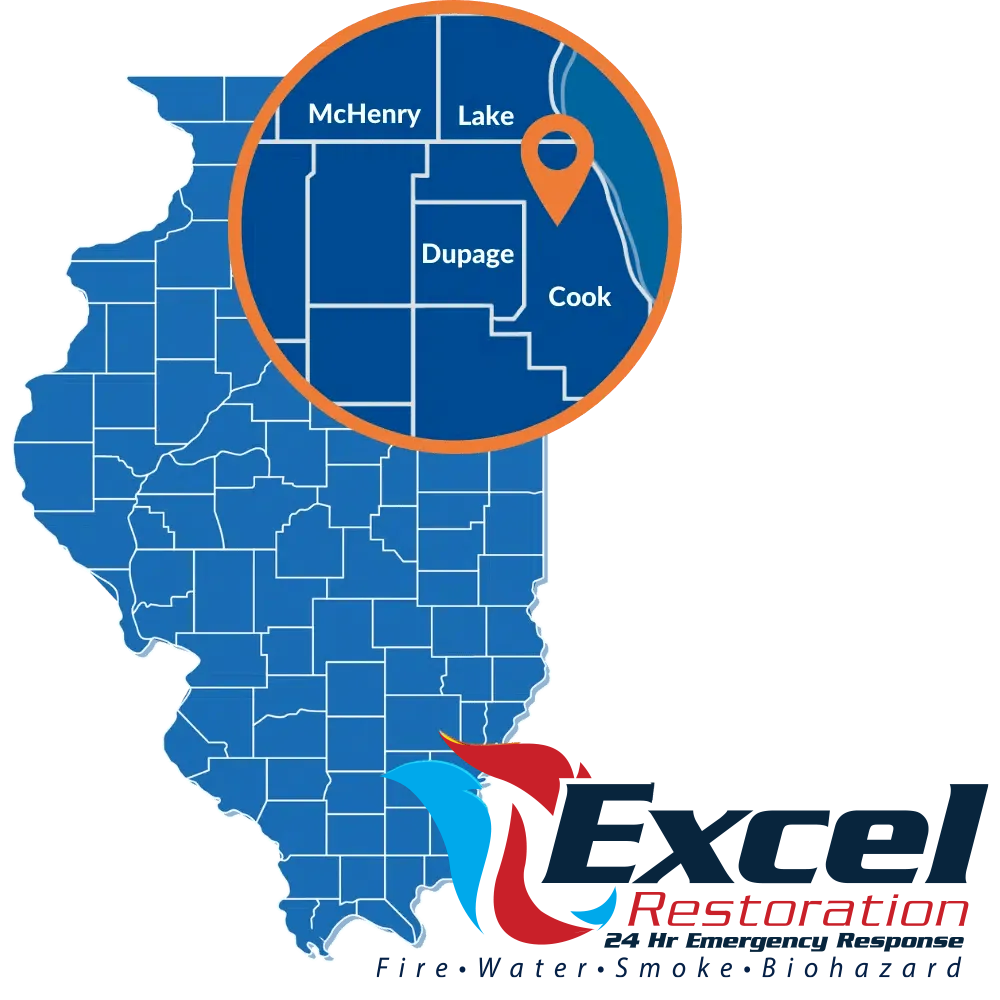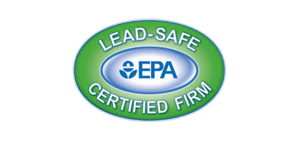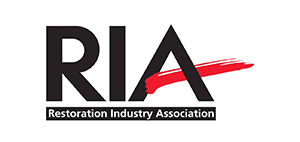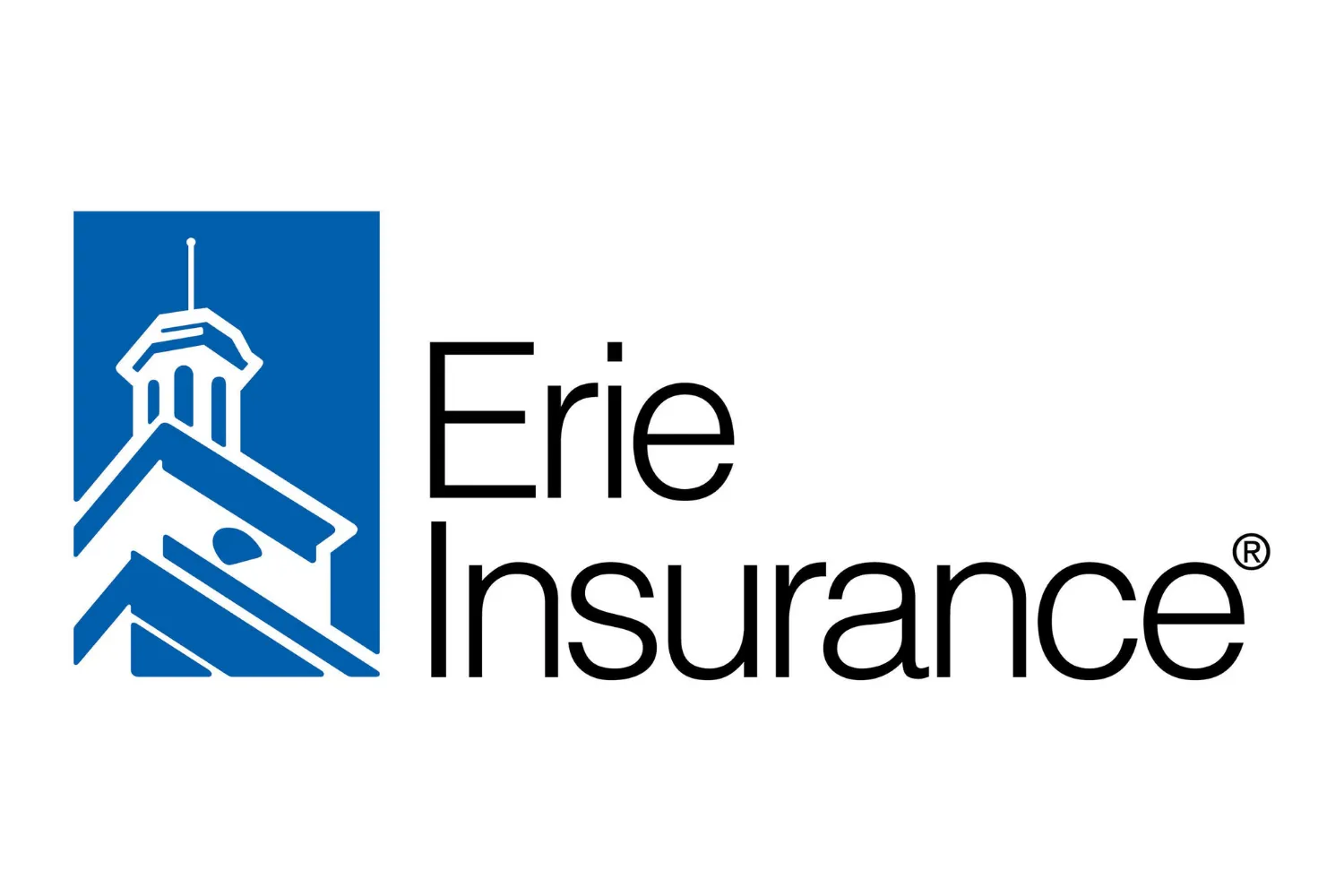We’ve all heard the stories: a friend returns home from vacation to find their house flooded, or a hurricane causes extensive water damage to homes and businesses. Water damage can be costly and time-consuming to repair, so it’s important to take steps to prevent it from happening in the first place. Above all else, it is important that you hire a qualified professional water damage restoration company such as Excel Fire And Water Damage Restoration Services to help with your water damage repair needs. So, In this article we will discuss the 10 perfect water damage repair preventive methods .
Water Repair Preventive Methods
- LOCATE WATER SOURCE: At any given moment, homes generally have three distinct types of water running through them. The first category is referred to as pure water. This water is caused by rain and leaking pipes and is the easiest for homeowners to clean themselves. Gray water is the next type of water. It is emitted by household equipment such as washing machines, dishwashers, and toilets. This water may include pollutants, making thorough cleaning more difficult. The final type of water you may experience following a water leak is known as black water. It contains sewage as well as other pollutants. This water is filthy and could have come from a nearby river. We do not suggest conducting repairs to water damage that was caused by black water since it may include pollutants and bacteria that may be hazardous.
- DRY LOCATION AS SOON AS POSSIBLE: When fixing water damage in the home, it is critical to act quickly. If the water is left alone for 24 hours, mold and mildew might begin to grow. To dry out the damaged area, remove as much of the furniture as possible and position fans on the wet flooring and walls. If the water damage is severe, you may need to rent a couple industrial power fans to guarantee the area thoroughly dries.
- SEARCH FOR HIDDEN MOISTURE: Once everything has been taken from the enclosure and fans have been started to begin the drying process, we recommend doing an examination of your house to confirm if there are hidden places that may require water damage repair. Check under the floors and the padding beneath the carpet to check whether water has gotten into these areas. If this is the case, be sure to install fans in the affected areas to ensure that everything is fully dry.
- INSPECT FOR MOLD: Once everything is dry, examine your home for areas of water damage where mold may have begun to develop. Be cautious if mold is discovered. Some molds are poisonous and dangerous to humans. If the mold problem is minor, you may be able to complete the water damage repair process without the assistance of a professional. An invasive mold problem, on the other hand, should be handled by a professional water damage repair company.
- REMOVE DRYWALL AND OTHER POROUS MATERIALS: If you discover water damage to walls, carpet, wood, or other porous materials in your residence, you will be forced to remove and replace them. If you discover carpet or wood that will not require significant water damage repair, you may be able to preserve specific sections by drying them off immediately.
- DISINFECT THE AREA: Take the time to clean the areas affected by your water damage repair efforts to verify that all mold and germs have been removed. A basic bleach solution should be enough. Make careful to disinfect any things that were in the affected area as well to ensure that any mold or bacteria is removed.
- INSPECT ROOF AND SIDING: If your roofing or siding is not completely sealed, you may have to struggle with a pricey water damage repair project caused by excess moisture. Examine your home for possible weak points and repair or replace siding and shingles as needed to keep water out of the house.
- SEAL AND CAULK: We advise sealing and caulking new windows, plumbing fixtures, floors, and entrances to avoid future repair tasks triggered by mild to severe water damage.
- RETHINK FLOORING: If water has caused damage to your flooring, requiring you to remove and repair it, you may want to reconsider laying new flooring. Instead of using wood, there may be waterproof alternatives available, such as ceramic tile and waterproof vinyl, that may resist future flooding disasters.
- CONTACT YOUR INSURANCE COMPANY: Extensive water damage repairs in your house are not something you should (or can) do on your own. Inquire with your homeowner’s insurance company about your possibilities for assistance. Work with your insurance provider every step of the way to ensure that your house is clean, secure, and safe.


















